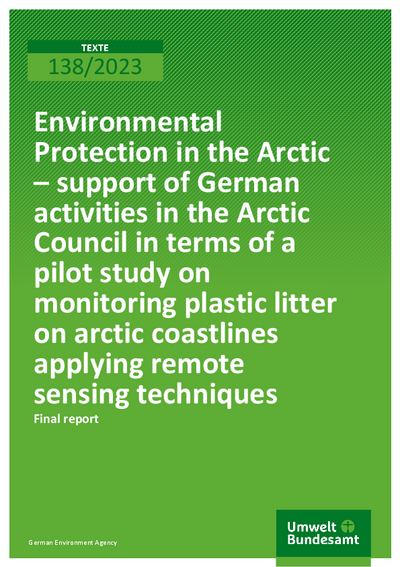Best environmental practices for deep-sea mining
The demand for mineral resources is constantly increasing in our society – and with it the interest in mining metal ores in the deep sea. The deep sea and its resources are part of the world's common heritage. Mining of manganese nodules is expected to have serious impacts on the environment.
The 168 member states of the International Seabed Authority (ISA) are currently developing a Mining Code to maximise environmental protection. The publication provides specific recommendations for best environmental practices as part of this future code.
The publication was developed jointly with the Research Institute for Sustainability (RIFS Potsdam).
Monitoring beach litter on Svalbard and Greenland
In our project Remote sensing surveys of plastic litter in the Arctic, we investigated the detection of beach litter using satellite and drone imagery. Aim of the project was to support and complement the traditional ground-based survey methods of beach litter monitoring using remote sensing methods.
Monitoring beach litter does not only provide information about the current degree of pollution but also serves as a basis for evaluation of the success of possible plans for action.
The project was implemented together with AquaEcology GmbH & Co. KG, WSP Greenland and the Norwegian Polar Institute on behalf of the German Environment Agency.



